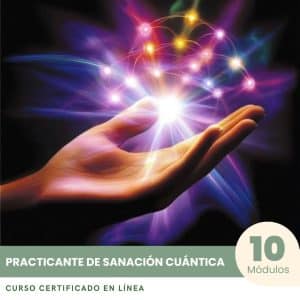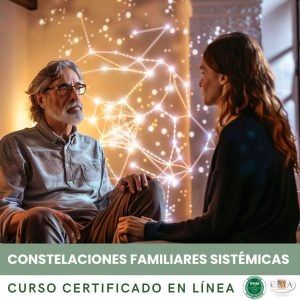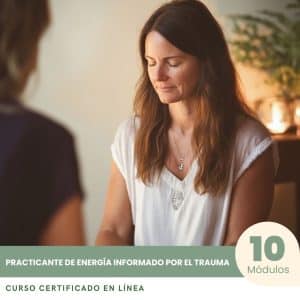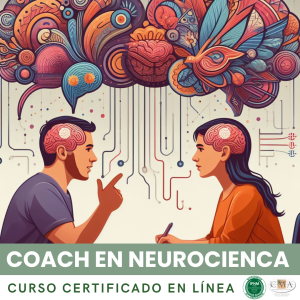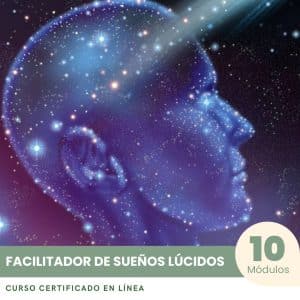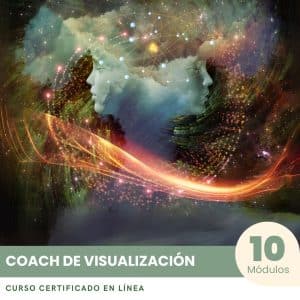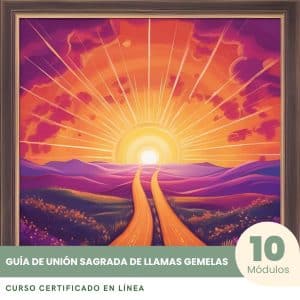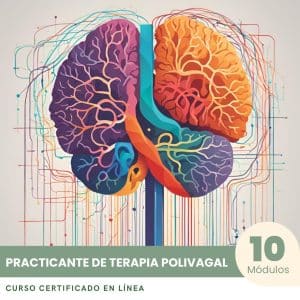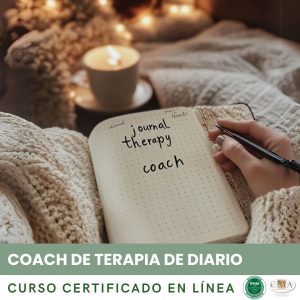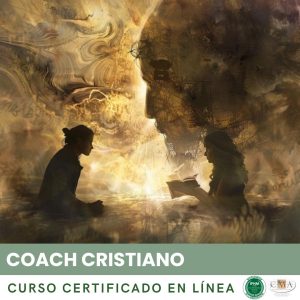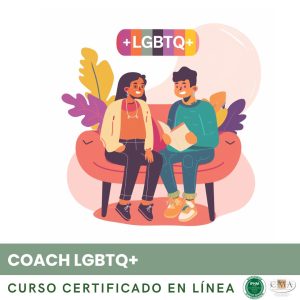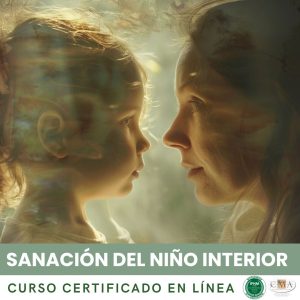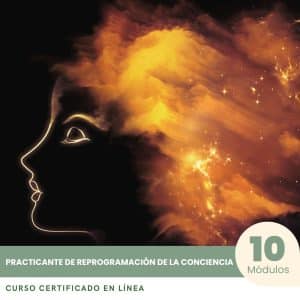4.7 – The formulation of a mission or an Ikigai statement

The formulation of a mission statement or an Ikigai declaration is a crucial step in the process of discovering one’s purpose in life. By putting precise words to what profoundly motivates us, to the unique contribution we wish to make to the world, we can give a clear and inspiring direction to our existence. This statement becomes a true inner beacon, guiding our daily choices and actions.
To formulate one’s Ikigai declaration, it is essential to take the time for reflection and introspection. By delving deep within ourselves, clarifying our values, passions, and profound aspirations, we can bring forth a meaningful mission. This process requires courage, honesty, and creativity. It involves daring to dream big, imagining the footprint one wants to leave in the world, while remaining grounded in one’s unique reality.
A powerful Ikigai statement is both inspiring and concrete. It should motivate us to surpass ourselves, to move towards a high ideal, while being specific enough to translate into tangible actions. For instance, “contributing to the welfare of children” is an inspiring but too vague statement. Conversely, “creating innovative play and learning spaces for children in disadvantaged neighborhoods” is a statement that blends vision and action.
In order to find the right wording, it is useful to draw upon the discoveries and reflections from the previous steps of the Ikigai discovery process. By revisiting our exploration of our passions, talents, world needs, and contribution opportunities, we can identify the common threads that weave the fabric of our unique mission. We can also take inspiration from Ikigai statements that touch and uplift us, observing their structure and impact.
A powerful tool for formulating an Ikigai statement is Simon Sinek’s “Golden Circle” technique. This approach encourages us to clarify three levels: the “Why” (why we do what we do, our deep-rooted purpose), the “How” (how we do it, our unique principles and approaches), and the “What” (what we concretely do, our actions and achievements). By starting with the “Why” and coherently expanding towards the “How” and the “What”, we can create an Ikigai statement that is aligned and meaningful at all levels.
For example, take the case of Marie, an engineer passionate about ecology and DIY. After exploring her various Ikigai circles, she formulates the following statement: “Contribute to ecological transition by creating low-tech solutions accessible to all, to allow everyone to become an agent of change.” Her “Why” is to contribute to ecological transition, her “How” is to create accessible low-tech solutions, and her “What” is to enable everyone to take action. This statement becomes an inspiring guide to steer her career choices, entrepreneurial projects, and associative commitments.
It’s important to keep in mind that the Ikigai statement is not carved in stone. It is a living compass, evolving with our experiences and learnings. It is healthy to revisit it regularly, refine it or adjust it based on new aspirations and the emerging needs of the world. The key is to stay attuned to what makes us feel alive and what gives meaning to our life.
In the context of Ikigai coaching, the coach accompanies the client in formulating his or her statement by creating a nurturing and stimulating reflection space. Through powerful questions, creative exercises, and perspective shifts, the coach assists the client in accurately expressing his or her profound purpose. The coach encourages daring and inspiring wording, while ensuring it remains grounded in reality. The coach also invites the client to test out the statement with trusted individuals, to gather their feedback and adjust if necessary.
Formulating an Ikigai statement is a founding act that lays the groundwork for a meaningful and aligned life. By daring to assert one’s unique mission, sharing it with the world, and translating it into concrete actions, we can fully unleash our potential and contribute to the common good. As Howard Thurman so aptly put it: “Don’t ask what the world needs. Ask what makes you come alive and go do it. Because what the world needs is people who have come alive.”
Key takeaway points:
– The formulation of an Ikigai statement is crucial for providing a clear and inspiring direction to one’s life, defining the unique contribution we wish to make to the world.
– To spark a meaningful mission, one must take time for introspection, clarify one’s values, passions, and deep aspirations while daring to dream big.
– A powerful Ikigai statement combines inspiring vision and tangible actions. It draws on discoveries resulting from exploring one’s passions, talents, world needs, and contribution opportunities.
– Simon Sinek’s “Golden Circle” technique is an effective tool for formulating an aligned Ikigai statement, by clarifying the ‘Why’ (deep-seated purpose), the ‘How’ (unique principles and approaches), and the ‘What’ (concrete actions).
– The Ikigai statement is a living compass which may evolve over time through experiences and aspirations. Regular re-evaluation for alignment with emerging needs is important.
– In Ikigai coaching, the coach creates a nurturing reflective space to assist the client in formulating a bold and inspiring statement rooted in reality.
– Daring to assert and share one’s unique mission, and then translate it into actions, allows for the full realization of one’s potential and contribution to the common good.
👉 To download docx (Editable) file click here : Click here
👉 To download PDF file click here : Click here
👉 To download MP3 file click here : Click here


